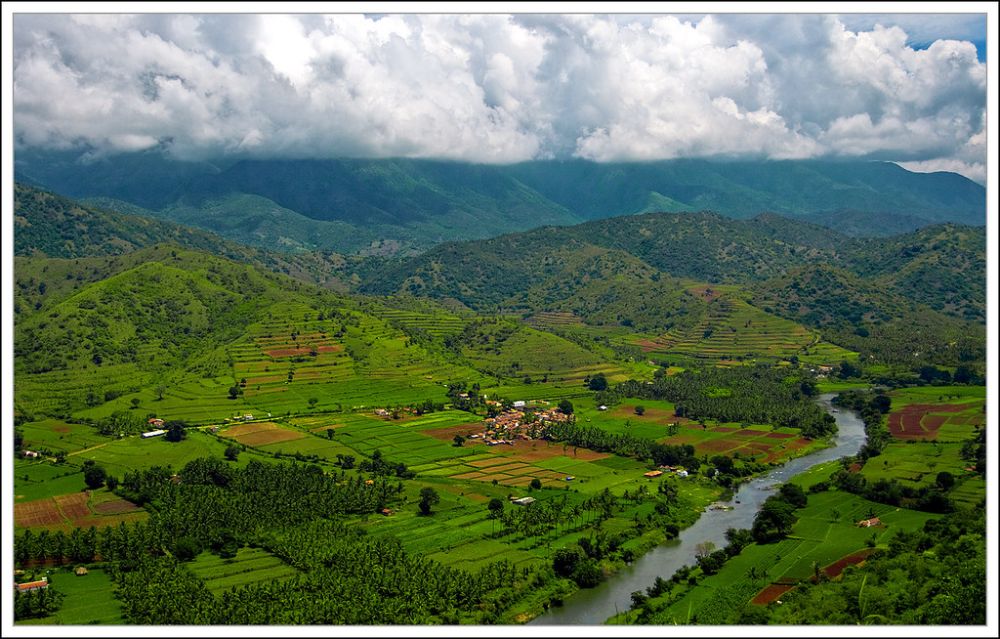

The serene valley of Attappadi, nestled within the majestic Western Ghats in Palakkad district of Kerala, India, has a rich history intertwined with its natural beauty and cultural heritage. Located in the southeastern part of the state, Attappadi's tourism history is relatively recent compared to other destinations in Kerala, often overshadowed by the backwaters and beaches that the state is famous for.
Historically, Attappadi was known more for its tribal settlements and unique ecosystems rather than as a tourist hotspot. However, over the years, the lush landscapes, the Malleshwaram peak, and the Bhavani River have attracted visitors looking for tranquility far from the crowded cities.
With the growth of eco-tourism and an increasing demand for sustainable travel experiences, Attappadi started to gain attention. The community-based tourism projects brought focus to the need for preserving the delicate balance of life in this area, highlighting the lifestyle of the indigenous people.
The Kerala government and the tourism department took initiatives to develop the infrastructure in Attappadi, ensuring that the natural beauty and ecological balance were not disturbed. Efforts were made to offer tourists a glimpse into the tribal culture through controlled interactions and by promoting local art and cuisine.
Attractions like the Silent Valley National Park, which is part of the Nilgiri Biosphere Reserve, became focal points for tourists interested in biodiversity and wildlife. The Karuvara waterfalls and the Malleswara Mudi, an important peak for the local tribal communities, also started drawing in visitors.
One significant aspect of Attappadi's tourism is the emphasis on sustainability. The area's topography and the presence of tribal communities demand that tourism development is carried out responsibly. The Kerala government introduced several initiatives to promote sustainable tourism which protects the environment and benefits the local communities economically.
Recently, Attappadi has seen a surge in various forms of tourism, catering to different tastes and preferences:
The tourism history of Attappadi is still being written, as the region continues to develop and find new ways to welcome visitors while preserving its natural and cultural identity. As a truly unique destination, it offers a blend of untouched wilderness, indigenous culture, and a model for community-driven sustainable tourism.